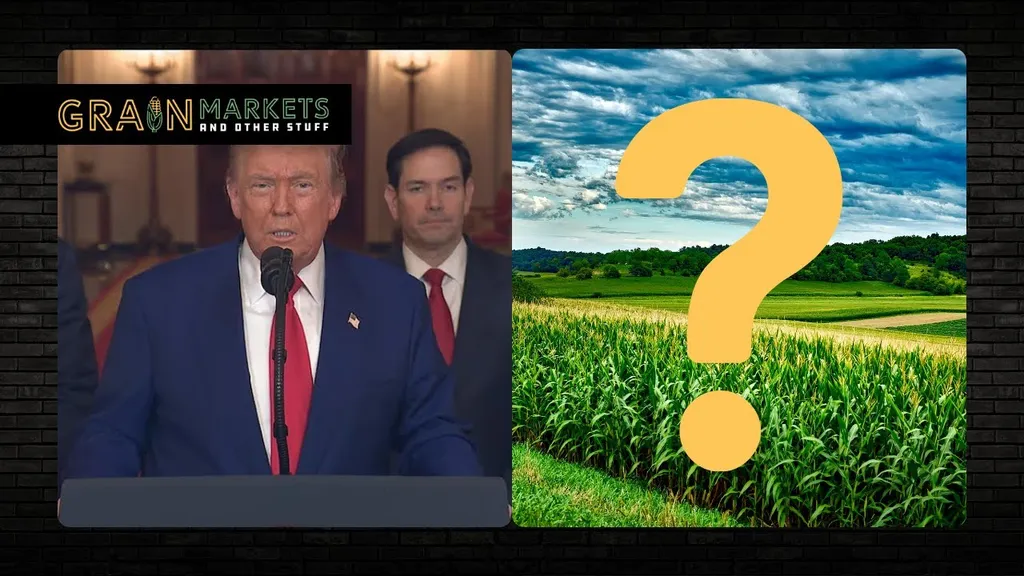In the heart of Iran’s agricultural landscape, a groundbreaking study is reshaping our understanding of sustainable farming practices and their economic benefits. Led by F Akbari from the Department of Agronomy at the University of Zabol, the research delves into the intricate world of intercropping, specifically the dynamic duo of corn and beans. Published in the esteemed journal ‘پژوهشهای زراعی ایران’ (Agricultural Research in Iran), this study is not just about plants; it’s about maximizing yield, enhancing land use efficiency, and boosting financial returns.
The study, conducted over three years in Shahrekord, explored the interplay of tillage levels, crop residues, and planting patterns on the performance and economic viability of corn-bean intercropping. The results are nothing short of illuminating. “The interaction of tillage, crop residues, and planting patterns had a significant effect on the yield of both corn and beans,” Akbari explains. The highest corn yield was observed under no-till conditions with 60% crop residues, while beans thrived under low tillage with the same residue level.
But the real magic lies in the intercropping patterns. The 2 corn: 2 beans ratio emerged as the champion, boasting the highest land equivalent ratio (LER) of 1.71. This means that intercropping corn and beans in this ratio uses the land 71% more efficiently than growing either crop alone. “The system productivity index was positive across all intercropping ratios, indicating the overall effectiveness of intercropping,” Akbari notes.
The study also introduced us to some fascinating concepts like the relative crowding coefficient and the aggressivity index. Corn, with its larger canopy, proved to be a stronger competitor, absorbing more light and resources. However, this competitive advantage translated into a significant economic benefit. The 2 corn: 2 beans ratio showed the highest intercropping advantage and monetary advantage index, indicating a substantial financial gain.
So, what does this mean for the future of agriculture? This research underscores the potential of intercropping as a sustainable and economically viable practice. It’s a win-win situation: farmers can maximize their land use efficiency while also boosting their financial returns. As we grapple with the challenges of climate change and food security, such innovative farming practices could pave the way for a more sustainable and profitable future.
Moreover, the study’s findings could have broader implications for the energy sector. As the world shifts towards renewable energy sources, the demand for biofuels is on the rise. Corn, a key crop in this study, is also a major source of bioethanol. By optimizing corn production through intercropping, we could potentially enhance biofuel production, contributing to a greener energy landscape.
In the words of Akbari, “This research is just the beginning. There’s so much more to explore in the world of intercropping.” As we stand on the brink of an agricultural revolution, one thing is clear: the future of farming is not just about growing crops; it’s about growing them smarter.

